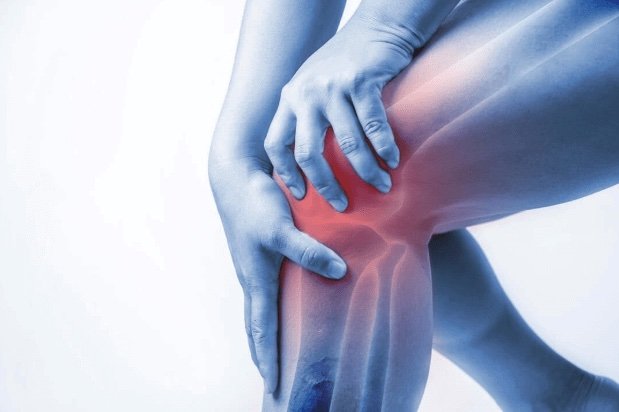Got Knee Pain?
By: Kelsie Mazur, DPT
This week's blog, we are talking all things chronic knee pain. We call this specific, very popular type of chronic knee pain: Knee Osteoarthritis (OA), which can feel like a never-ending battle—pain, stiffness, and that frustrating crunch with every step. Essentially, OA is the wear and tear of the cartilage in the knee joint, which leads to a painful friction, causing discomfort and limited movement. While some people may be more prone to it due to genetics, aging, injury, or repetitive stress on the joint, it doesn’t mean you’re doomed to a life of knee pain! The good news? With the right movements and exercises tailored to strengthen muscles around the knee and improve mobility, you can keep doing the things you love. No need to fear OA—it’s all about staying active, smart, and consistent with the right strategies to keep your knees moving and grooving. Let’s dive into why isometric exercises are one of the best for improving OA knee pain and your quality of life.
What is an isometric exercise?
An isometric exercise involves contracting a muscle without changing its length, meaning there’s no movement at the joint. These exercises are often used to improve muscle strength, endurance, and stability, particularly when a person is unable to engage in dynamic or weight-bearing exercises due to injury or pain.. (cough cough your knee OA). Isometrics are beneficial for patients recovering from surgery or managing conditions like arthritis or tendonitis, as they can be performed safely at low intensity and can help build strength in specific muscle groups. They're also useful for enhancing joint stability, making them valuable for individuals with chronic pain or weakness in specific muscle groups.
The isometric exercises chosen are going to be highly dependent on your pain levels and goals… but here’s one I like to start with for my patients with knee OA.
Simple Isometric for Knee Pain: The Wall Sit
A wall sit is a super effective and easy isometric exercise you can do right at home to strengthen your knees. Here’s how:
Stand with your back against a wall and slide down as if you’re sitting in an invisible chair.
Keep your feet about hip-width apart and your knees aligned over your ankles.
Hold this position for 20-45 seconds (or as long as you can tolerate).
Stand up, rest, and repeat!
If this feels too intense, adjust the bend in your knees—higher up is easier, lower down is harder. The key is finding a depth that feels challenging but not unbearable.
How to Implement Isometrics for Knee Pain:
Find a range of motion that is challenging yet tolerable.
Choose a load that feels tough but manageable.
A little discomfort is okay, but avoid pushing into severe pain (adjust as needed based on how you feel).
Now, hold—stay in position and let the magic happen!
(Modify as needed based on your pain response.)
At Wattage Physical Therapy, my patients know that working through tolerable pain is okay! The goal is to build strength while monitoring discomfort, adjusting as needed, and staying consistent. Your knees will thank you.
If you're struggling with knee pain and finding it tough to work around in the gym or daily life, reach out to me Kelsie at kelsie@wattagept.com to set up an initial evaluation.
Did you know that we offer free 1-on-1 injury screens? Wattage Physical Therapy will take an in depth look at your ergonomics, posture, muscle tone, muscle weaknesses, and movement patterns to create a plan for YOU. If this article intrigues you, you can directly email me, Kelsie at Kelsie@wattagept.com. I would be happy to help you start the process of living a life free from pain.

